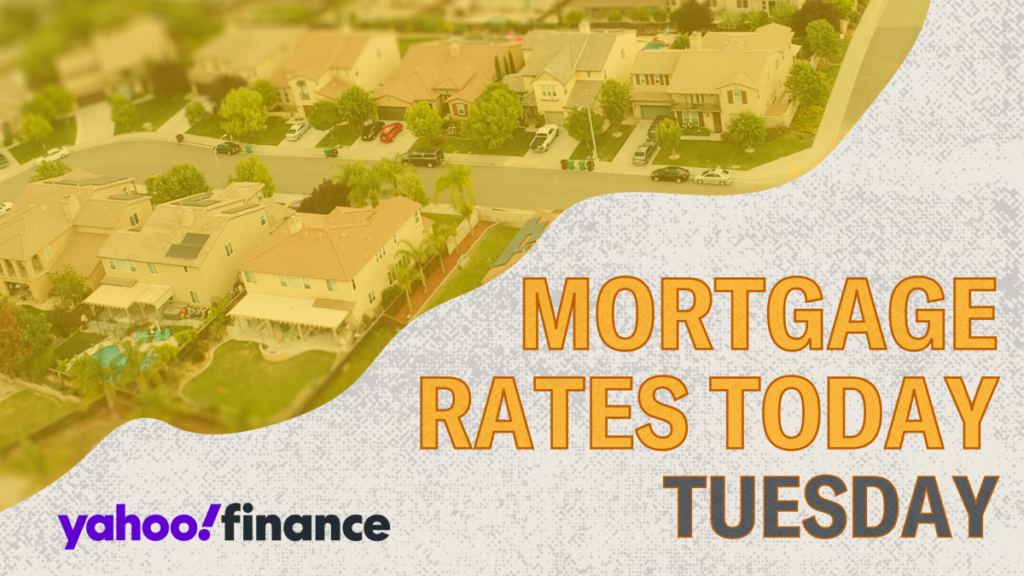Mortgage rates have experienced an increase recently, with the latest data from Zillow indicating that the 30-year fixed mortgage rate has climbed four basis points to 6.46%, while the 15-year fixed interest rate has risen five basis points to 5.84%. Economists predict a 25 basis point cut in the federal funds rate during an upcoming Federal Reserve meeting. While this anticipated reduction is likely already reflected in current mortgage rates, the actual movement of these rates will depend largely on comments from Federal Reserve Chair Jerome Powell and the Fed’s broader outlook on interest rates moving into 2025. Understanding these dynamics is essential for homeowners and prospective buyers as they navigate the mortgage landscape.
The current national averages for mortgage rates show a slight rise across various loan types. For instance, Zillow reports that the 20-year fixed mortgage rate stands at 6.42%, while adjustable-rate mortgages (ARMs) such as the 5/1 ARM and 7/1 ARM are at 6.69% and 6.58%, respectively. Additionally, VA loan rates for the 30-year and 15-year fixed products are reported at 5.91% and 5.52%. It’s important to note that these rates fluctuate based on market trends and should be considered alongside individual financial circumstances, including credit scores and down payment amounts. For homeowners considering refinancing, the 30-year refinance rate is currently slightly higher at 6.49%.
Utilizing a mortgage calculator can provide potential homeowners with a clearer picture of how different interest rates and mortgage terms affect monthly payments. Tools like the free Yahoo Finance mortgage calculator allow users to account for various factors such as property taxes and homeowners insurance, yielding a comprehensive estimate of total monthly payments. Generally, 15-year mortgage rates tend to be lower than those of 30-year mortgages. However, borrowers must weigh the benefits of lower long-term interest costs against higher monthly payments that come with shorter loan terms, as exemplified in scenarios comparing $400,000 mortgages at fixed rates.
Borrowers should also consider the distinctions between fixed-rate and adjustable-rate mortgages. Fixed-rate mortgages lock in the interest rate from the beginning, providing stability over the life of the loan. In contrast, ARMs, such as a 7/1 ARM, offer a fixed rate for an initial period (in this case, seven years), after which the rate adjusts yearly based on market conditions. Although ARMs may offer attractive initial rates, they carry the risk of escalating costs once the fixed period expires. Consequently, the current trend indicates that ARM rates have begun to rise above fixed rates, making them less favorable compared to past offerings.
The trajectory of mortgage rates has been influenced significantly by the Federal Reserve’s actions. Following a decrease in the federal funds rate of 50 basis points in September, mortgage rates initially trended downward but have shown an upward tick since then, despite a repeated cut announced in November. While the anticipated cut at the upcoming meeting may provide some downward pressure on rates, the long-term outlook remains uncertain. Future mortgage rates are closely linked to the Fed’s decisions, and although trends may hint at lowering rates in 2025, specific guarantees cannot be made at this time.
Today’s 30-year fixed mortgage rate sits at 6.46%, with the refinance rate slightly higher at 6.49%. These values represent national averages; however, consumers should remain aware that local rates can vary significantly. Personal financial situations, including credit scores and debt-to-income ratios, will also greatly influence the rate an individual qualifies for. As the market adjusts and predictably unpredictable factors impact the economy, aspiring homeowners should stay informed on the evolving mortgage landscape to make proactive financial decisions.

